Home>Furniture & Design>Interior Design Trends>What Is The Standard Size Of A Sliding Glass Door


Interior Design Trends
What Is The Standard Size Of A Sliding Glass Door
Modified: October 18, 2024
Discover the standard size of a sliding glass door and stay updated with the latest interior design trends. Explore the perfect dimensions for your space today!
(Many of the links in this article redirect to a specific reviewed product. Your purchase of these products through affiliate links helps to generate commission for Storables.com, at no extra cost. Learn more)
Introduction
Sliding glass doors are a popular and versatile feature in modern interior design. They seamlessly blend indoor and outdoor spaces, allowing natural light to flood into the room while providing a picturesque view of the surroundings. Whether used as a patio entrance, a partition between rooms, or a stunning focal point, sliding glass doors offer both aesthetic and functional benefits.
In recent years, the demand for sliding glass doors has surged, driven by the growing emphasis on open-concept living and the desire to create a seamless transition between indoor and outdoor spaces. Homeowners and interior designers are increasingly recognizing the transformative impact of sliding glass doors on the overall ambiance and functionality of a space.
As the focal point of a room, sliding glass doors can significantly influence the aesthetic appeal and atmosphere of a living area. Their sleek and modern design adds a touch of elegance to any space, creating an illusion of expanded square footage and enhancing the overall visual appeal. Additionally, the transparency of glass doors allows for unobstructed views, making them an ideal choice for those seeking to bring the beauty of the outdoors inside.
Furthermore, sliding glass doors contribute to energy efficiency by maximizing natural light and ventilation, reducing the need for artificial lighting and air conditioning. This not only creates a more sustainable living environment but also helps to lower energy costs.
In this article, we will delve into the world of sliding glass doors, exploring their standard sizes, design variations, and the key factors to consider when choosing the perfect sliding glass door for your space. Whether you are renovating your home, designing a new space, or simply seeking inspiration, understanding the nuances of sliding glass doors will empower you to make informed decisions and elevate the aesthetic and functionality of your living spaces.
Key Takeaways:
- Sliding glass doors bring the outdoors in, making spaces feel bigger and brighter. They come in different sizes to fit any home, offering a seamless connection between indoor and outdoor areas.
- When choosing a sliding glass door, consider factors like size, energy efficiency, security, and design to create a stylish and functional living space. It’s a smart way to bring natural light and modern elegance into your home.
Understanding Sliding Glass Doors
Sliding glass doors, also known as patio doors or gliding doors, are a popular architectural element that seamlessly connects indoor and outdoor spaces. These doors are typically made of large glass panels fitted into a frame, which allows for smooth horizontal movement along a track. The design of sliding glass doors not only enhances the aesthetic appeal of a space but also serves practical purposes, such as providing natural light, ventilation, and unobstructed views of the surrounding environment.
One of the defining features of sliding glass doors is their ability to create a sense of openness and fluidity within a space. By eliminating the need for swing space, these doors maximize floor area, making them an ideal choice for areas with limited square footage. This design also facilitates easy access to outdoor living areas, such as patios, decks, and gardens, effectively blurring the boundaries between the interior and exterior of a home.
Sliding glass doors come in various configurations, including single-panel, double-panel, and multi-panel designs. Single-panel doors consist of a single large glass pane that slides horizontally to open or close, while double-panel doors feature two glass panels, with one fixed and one operable panel. Multi-panel doors, on the other hand, comprise multiple individual panels that slide and stack neatly behind one another, creating a wide opening and an uninterrupted view when fully opened.
In addition to their aesthetic and functional benefits, sliding glass doors offer enhanced security features, such as multi-point locking systems and impact-resistant glass options, providing homeowners with peace of mind and protection against potential intruders and severe weather conditions.
Furthermore, advancements in glass technology have led to the development of energy-efficient glazing options for sliding glass doors. Low-emissivity (Low-E) coatings, insulated glass units, and argon gas fills help to minimize heat transfer, reduce UV radiation, and improve overall thermal performance, contributing to a more comfortable and sustainable living environment.
Overall, sliding glass doors are a versatile and stylish addition to any home or commercial space, offering a seamless connection to the outdoors, an abundance of natural light, and a modern aesthetic that complements various interior design styles. Understanding the unique characteristics and benefits of sliding glass doors is essential for making informed decisions when incorporating them into your living spaces.
Standard Sizes of Sliding Glass Doors
Sliding glass doors are available in a range of standard sizes to accommodate different architectural requirements and design preferences. These standard sizes are determined by the dimensions of the door frame and the number of panels, offering flexibility for various installation scenarios. Understanding the standard sizes of sliding glass doors is crucial for selecting the right fit for your space and ensuring a seamless integration into the overall design scheme.
Single-Panel Sliding Glass Doors
Standard single-panel sliding glass doors typically range in width from 60 inches to 72 inches, with a height of 80 inches. These dimensions are well-suited for standard door openings and provide a generous entryway for easy access to outdoor areas while allowing ample natural light to illuminate the interior space. The single-panel design offers a clean and minimalist aesthetic, making it an ideal choice for modern and contemporary architectural styles.
Double-Panel Sliding Glass Doors
Double-panel sliding glass doors, also known as French sliding doors, are available in standard widths ranging from 108 inches to 144 inches, with a height of 80 inches. This configuration features two sliding panels, one of which is operable, allowing for a wider opening and enhanced accessibility. The double-panel design offers a classic and elegant look, reminiscent of traditional French doors, while providing the benefits of unobstructed views and seamless indoor-outdoor connectivity.
Read more: What Size Are Sliding Glass Doors
Multi-Panel Sliding Glass Doors
For larger openings and expansive living spaces, multi-panel sliding glass doors offer a versatile solution. These doors are available in standard widths exceeding 144 inches, with heights ranging from 80 inches to 96 inches, depending on the specific manufacturer and product line. Multi-panel configurations typically consist of three or more individual panels that slide and stack behind one another, creating a wide opening and a seamless transition between indoor and outdoor areas.
Custom Sizes
In addition to standard sizes, many manufacturers offer custom sizing options to accommodate unique architectural designs and non-standard openings. Custom-sized sliding glass doors can be tailored to fit specific dimensions, allowing for greater flexibility in design and installation. This customization ensures that the doors align perfectly with the architectural vision and spatial requirements of the project, providing a tailored and cohesive look for the overall design scheme.
Understanding the standard sizes of sliding glass doors empowers homeowners and designers to make informed decisions when selecting the most suitable door configuration for their living spaces. Whether opting for a single-panel, double-panel, or multi-panel design, the availability of standard sizes and custom options ensures that sliding glass doors can be seamlessly integrated into diverse architectural styles and spatial layouts, enhancing both the aesthetic appeal and functionality of the space.
Factors to Consider When Choosing a Sliding Glass Door
When selecting a sliding glass door for your space, several essential factors should be taken into account to ensure that the chosen door meets both functional and aesthetic requirements. These factors play a crucial role in determining the overall performance, durability, and visual impact of the sliding glass door within the context of the surrounding environment and interior design scheme.
1. Size and Configuration
The size and configuration of the sliding glass door are fundamental considerations. Assess the available space and determine the appropriate door size and panel configuration to ensure a seamless fit within the architectural framework. Consider the desired width of the opening, the height of the ceiling, and the overall layout of the space to select a door size and configuration that optimizes accessibility and visual harmony.
2. Energy Efficiency
Opt for sliding glass doors with energy-efficient features to minimize heat transfer, reduce UV radiation, and enhance thermal performance. Look for Low-E coatings, insulated glass units, and argon gas fills, which contribute to improved energy efficiency and create a more comfortable indoor environment while reducing heating and cooling costs.
3. Material and Finish
The choice of material and finish significantly impacts the durability, maintenance requirements, and aesthetic appeal of the sliding glass door. Consider options such as vinyl, aluminum, fiberglass, or wood, each offering distinct characteristics in terms of strength, insulation, and design versatility. Additionally, explore various finish options, including powder-coated colors, anodized finishes, or wood grain textures, to complement the interior decor and architectural style.
4. Security Features
Prioritize security by selecting sliding glass doors equipped with robust locking mechanisms, impact-resistant glass, and additional security features. Multi-point locking systems, laminated glass, and reinforced frames enhance the overall security of the door, providing peace of mind and protection against potential intrusions and external threats.
5. Design Aesthetics
Align the design aesthetics of the sliding glass door with the overall interior design scheme and architectural style. Consider factors such as frame profile, hardware finishes, grid patterns, and glass options to create a cohesive and visually appealing integration within the space. Whether aiming for a modern, traditional, or transitional look, the design elements of the sliding glass door should harmonize with the surrounding decor and architectural features.
Read more: What Is The Standard Size For A Patio Door
6. Maintenance and Longevity
Evaluate the maintenance requirements and longevity of the sliding glass door to ensure long-term satisfaction and performance. Choose materials and finishes that are durable, easy to maintain, and resistant to environmental factors such as moisture, sunlight, and temperature fluctuations. Additionally, inquire about warranty coverage and maintenance guidelines to uphold the door's functionality and appearance over time.
7. Manufacturer Reputation
Research the reputation and track record of the sliding glass door manufacturer or supplier. Opt for reputable brands known for quality craftsmanship, reliable customer support, and adherence to industry standards. A trusted manufacturer ensures that the sliding glass door meets stringent quality control measures, providing a product that delivers on performance, durability, and customer satisfaction.
By carefully considering these factors when choosing a sliding glass door, homeowners and designers can make informed decisions that align with their specific needs, preferences, and the overall vision for the living space. The selection of a well-suited sliding glass door contributes to the enhancement of both the aesthetic appeal and functionality of the interior environment, creating a seamless connection between indoor and outdoor spaces while elevating the overall living experience.
Conclusion
In conclusion, sliding glass doors stand as a versatile and impactful element in modern interior design, offering a seamless connection between indoor and outdoor spaces while enhancing the aesthetic appeal and functionality of living areas. The standard sizes of sliding glass doors, including single-panel, double-panel, and multi-panel configurations, provide homeowners and designers with a range of options to suit diverse architectural requirements and design preferences.
Understanding the unique characteristics and benefits of sliding glass doors empowers individuals to make informed decisions when incorporating them into their living spaces. From maximizing natural light and ventilation to creating a sense of openness and fluidity, sliding glass doors contribute to the overall ambiance and livability of a space.
When choosing a sliding glass door, several critical factors come into play, including size and configuration, energy efficiency, material and finish, security features, design aesthetics, maintenance, longevity, and the reputation of the manufacturer. By carefully considering these factors, individuals can select a sliding glass door that not only complements the interior design scheme but also meets functional requirements and performance expectations.
The integration of sliding glass doors into residential and commercial spaces offers numerous benefits, including expanded visual connectivity, energy efficiency, security enhancements, and a modern aesthetic that transcends various architectural styles. Whether used as patio entrances, room dividers, or focal points, sliding glass doors contribute to the creation of inviting and dynamic living environments.
As the demand for open-concept living continues to grow, sliding glass doors remain a popular choice for those seeking to elevate the spatial experience and visual appeal of their interiors. Their ability to seamlessly blend indoor and outdoor spaces, coupled with their practical and aesthetic advantages, positions sliding glass doors as a timeless and impactful feature in contemporary interior design.
In essence, the incorporation of sliding glass doors into interior spaces represents a deliberate and strategic design choice, one that enhances the overall quality of living while embracing the beauty of natural light and the surrounding environment. By recognizing the significance of sliding glass doors and the factors that influence their selection, individuals can transform their living spaces into inviting, functional, and visually captivating environments that reflect their unique lifestyle and design sensibilities.
Excited to spruce up your outdoor living space or give your home's interior a fresh new look? Dive into our detailed guide on choosing patio doors, perfect for enhancing any home's appeal. Next, if you're considering a more extensive makeover, don't miss out on our roundup of the best hardwood floors suitable for any home renovation project. Both articles pack practical tips and stylish ideas to help you make informed decisions for your living spaces.
Frequently Asked Questions about What Is The Standard Size Of A Sliding Glass Door
Was this page helpful?
At Storables.com, we guarantee accurate and reliable information. Our content, validated by Expert Board Contributors, is crafted following stringent Editorial Policies. We're committed to providing you with well-researched, expert-backed insights for all your informational needs.
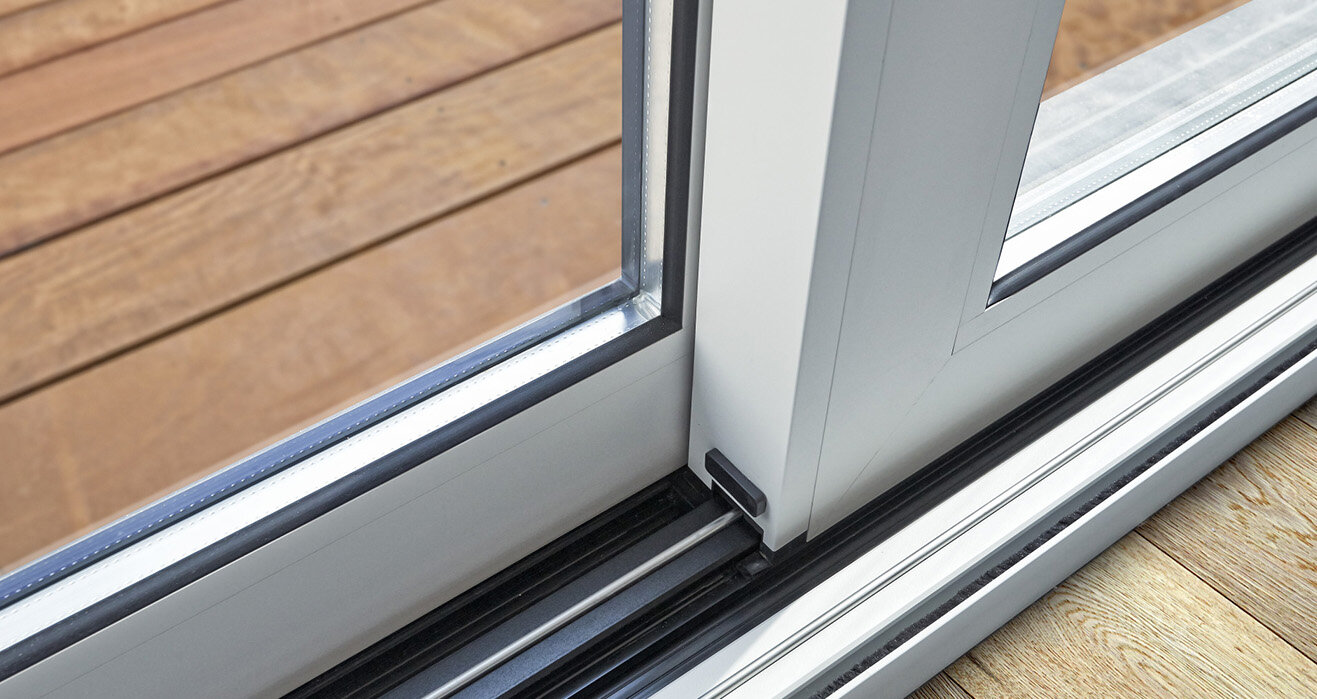
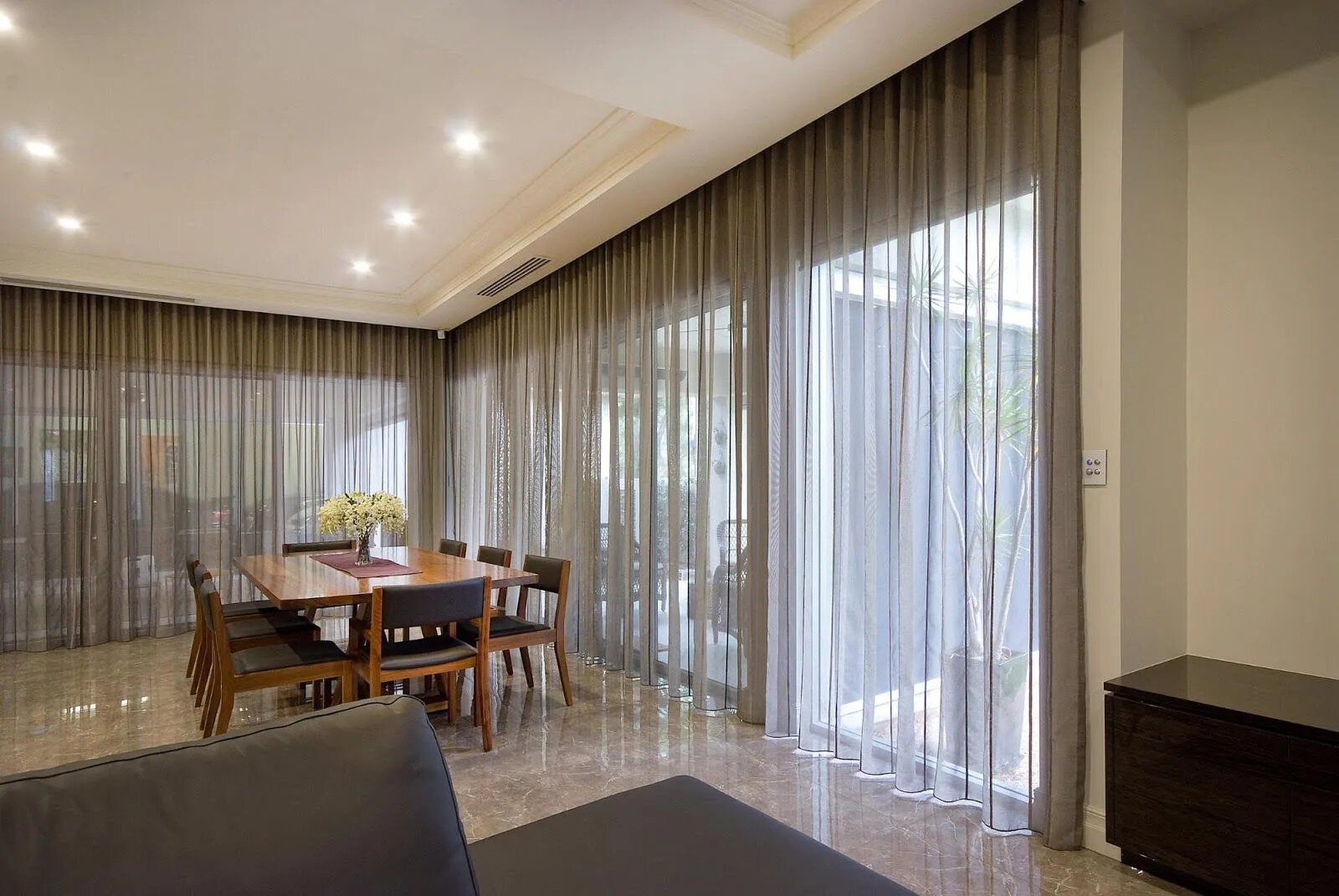
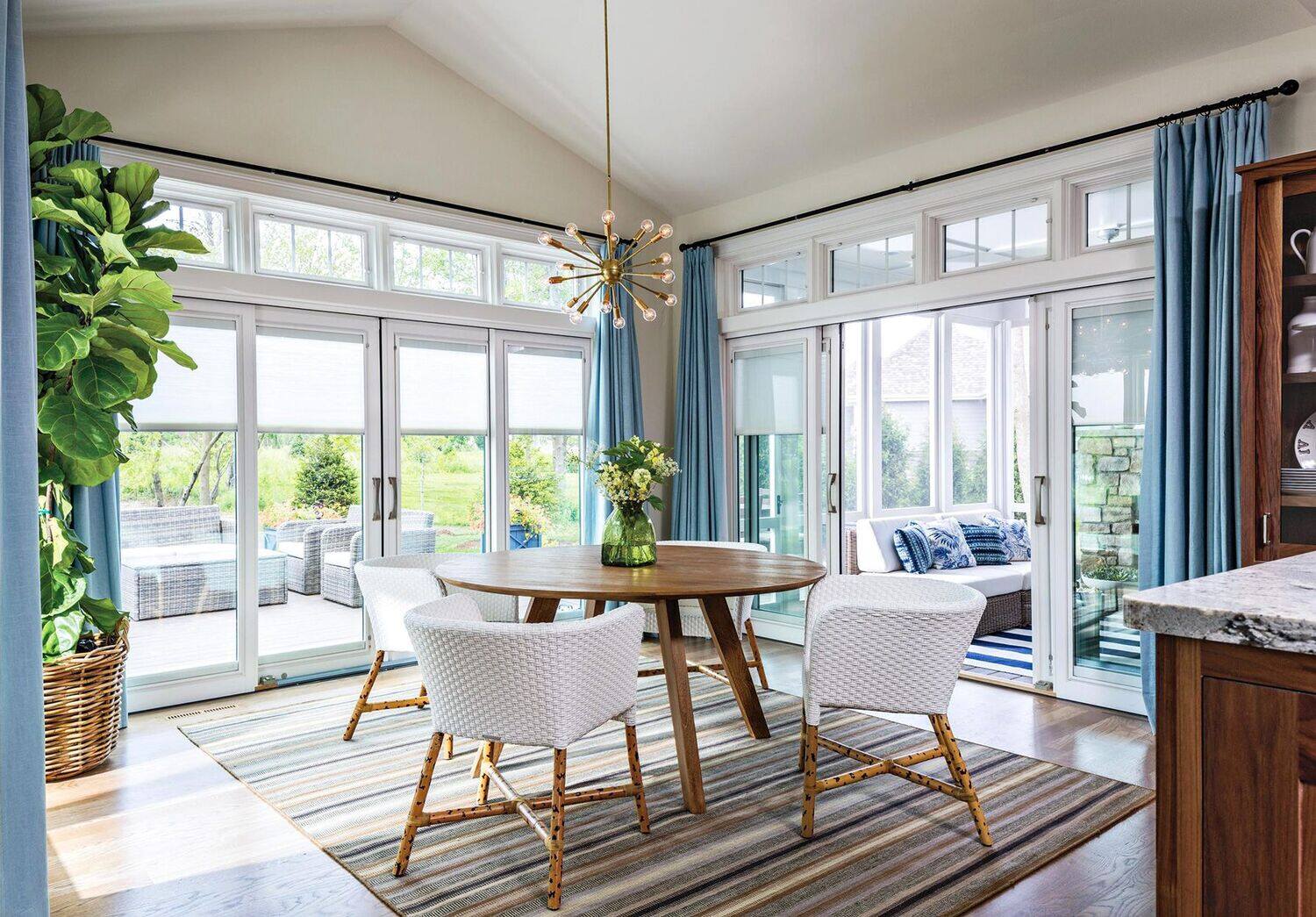
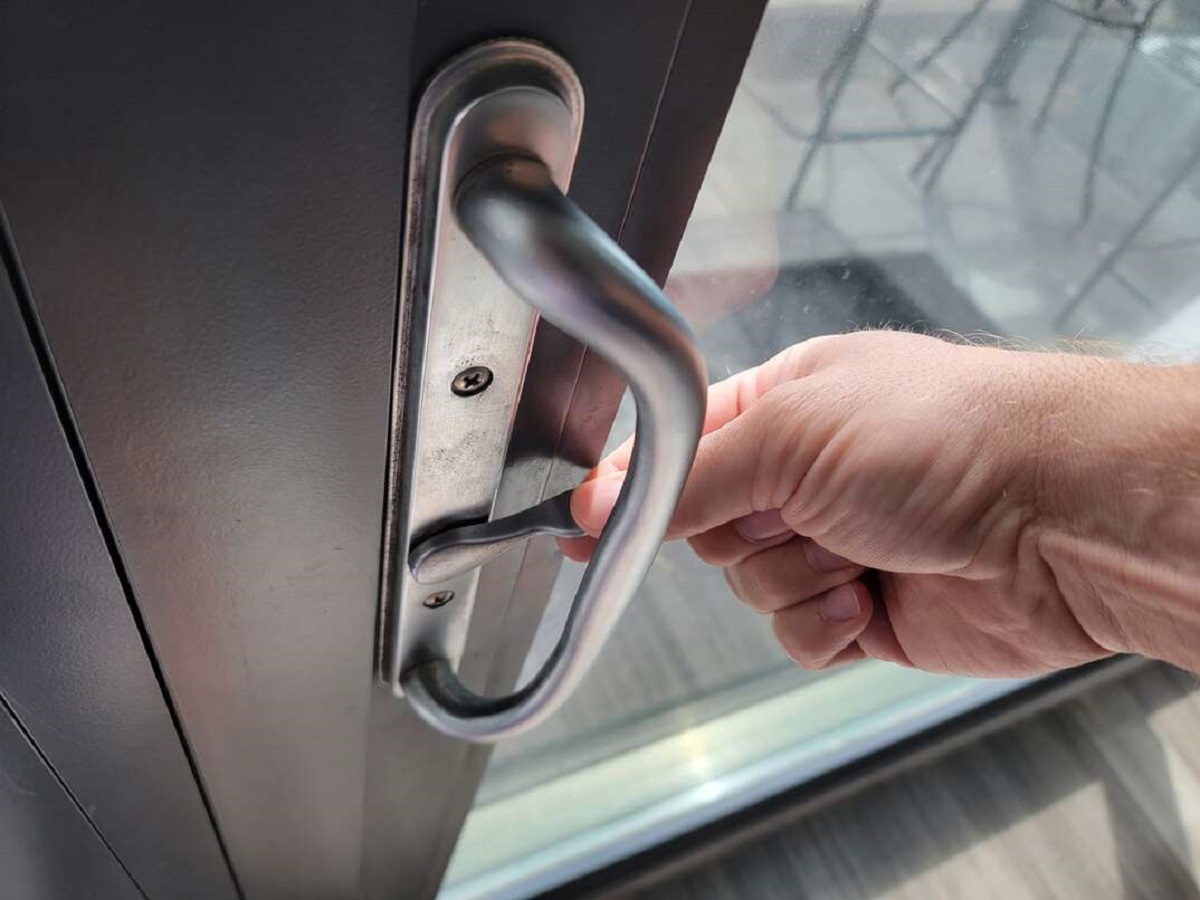
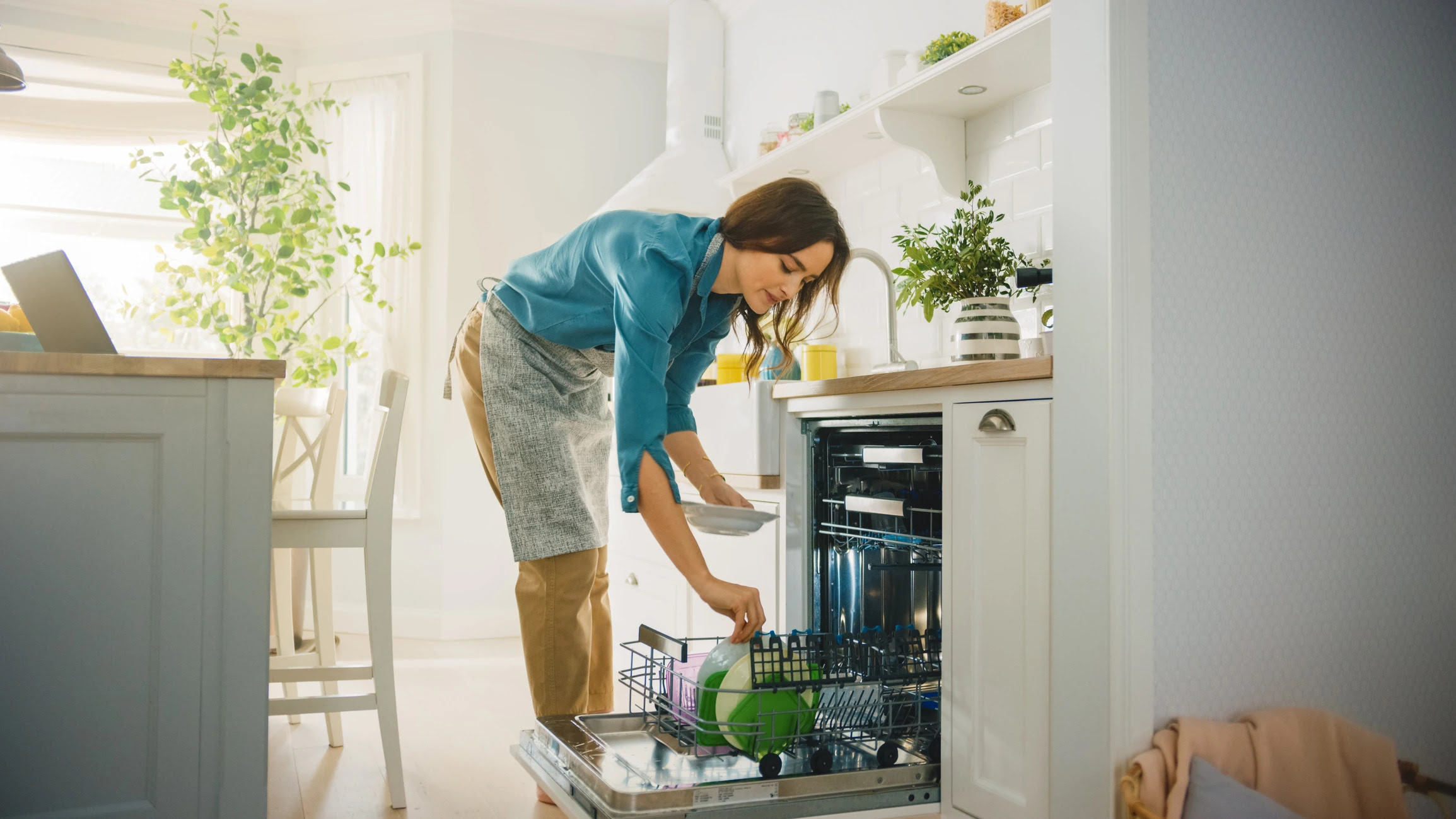
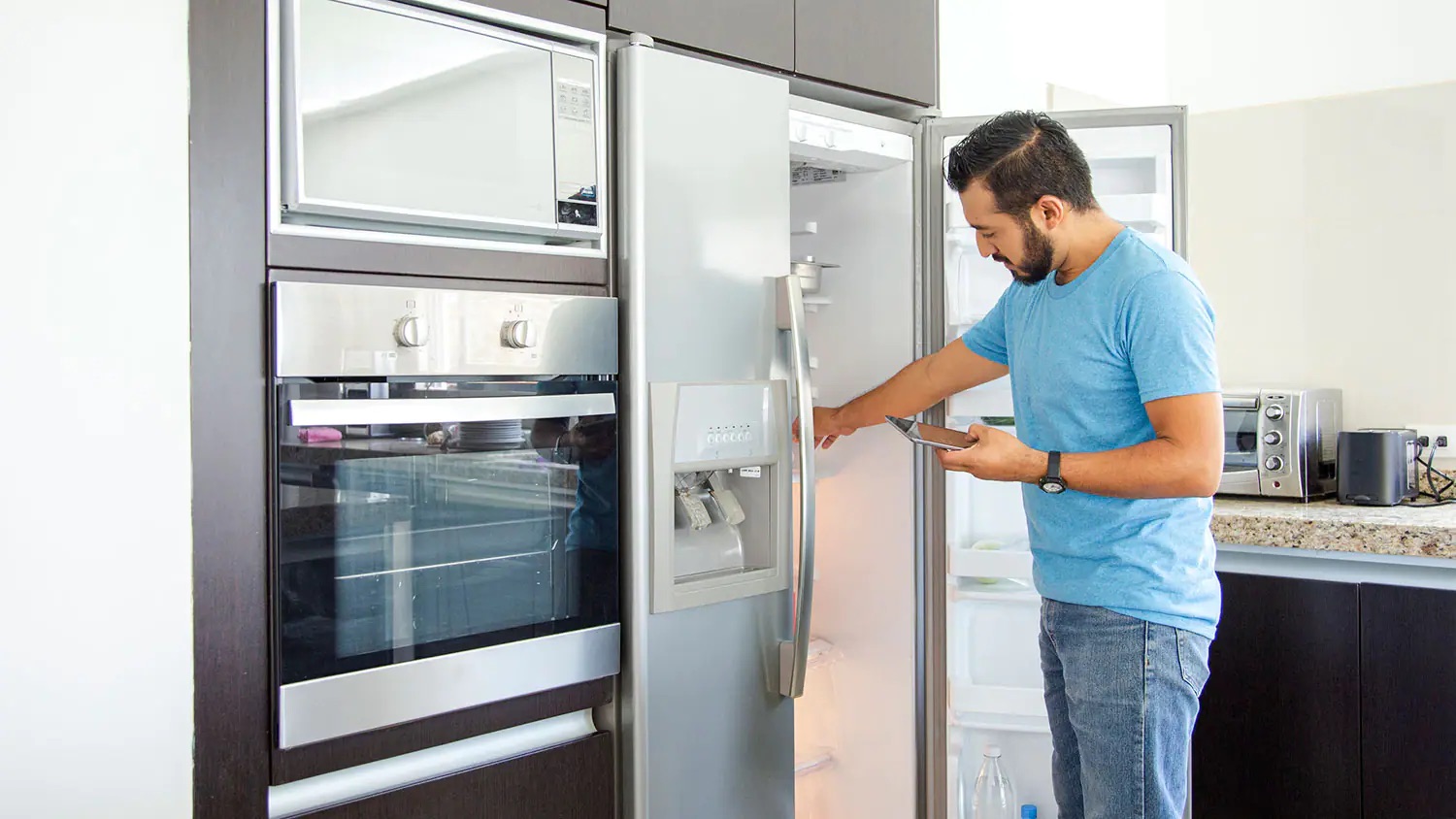
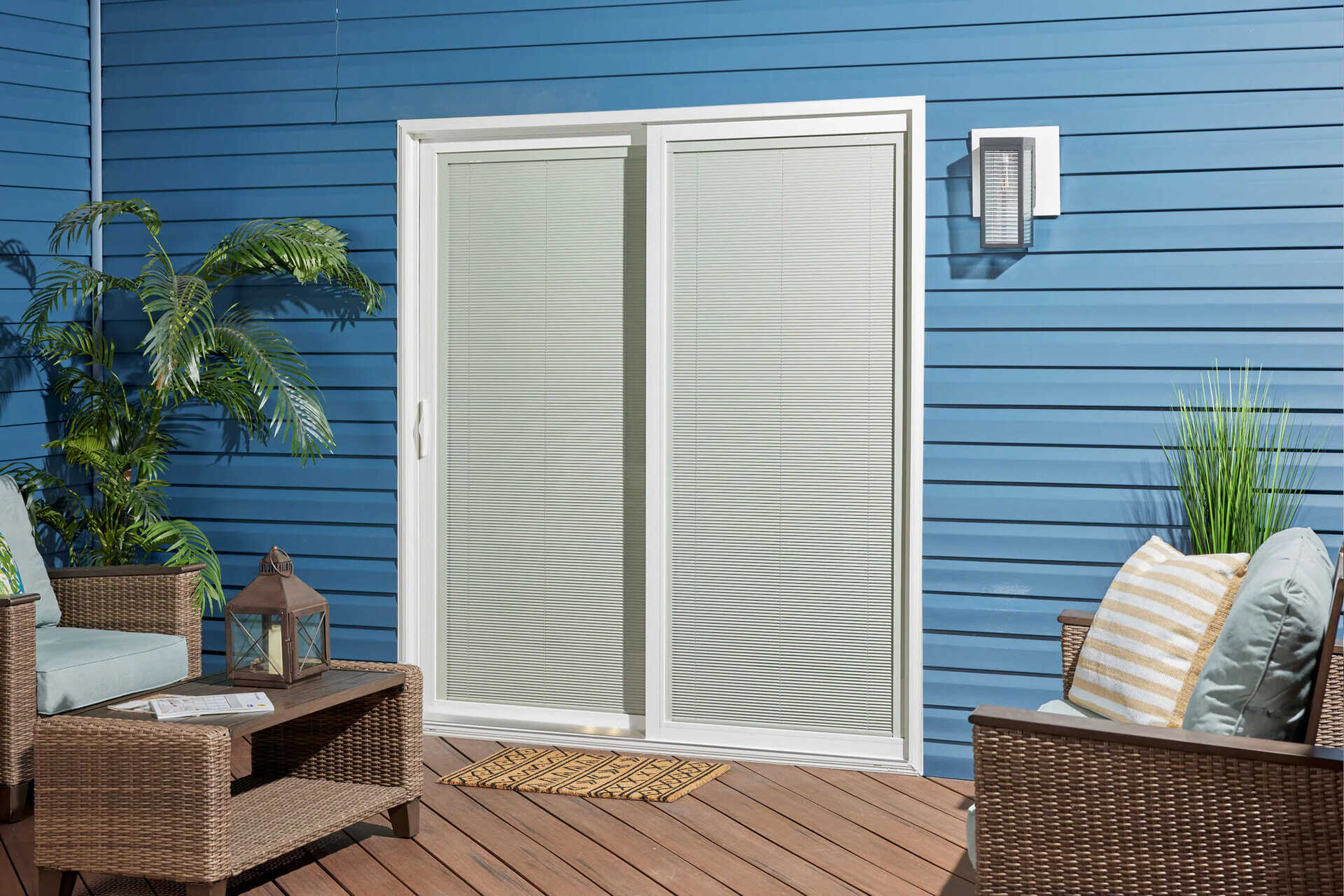
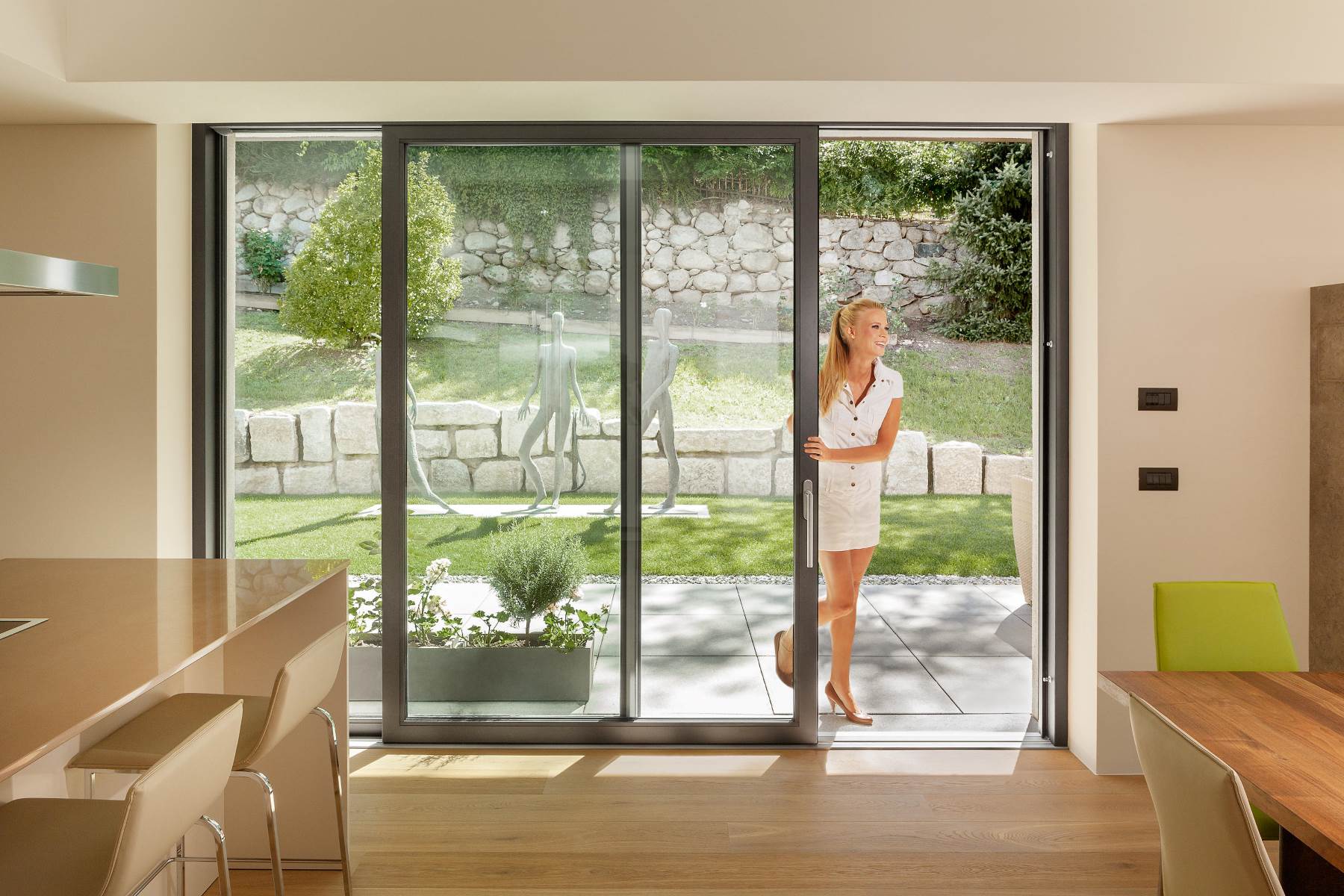
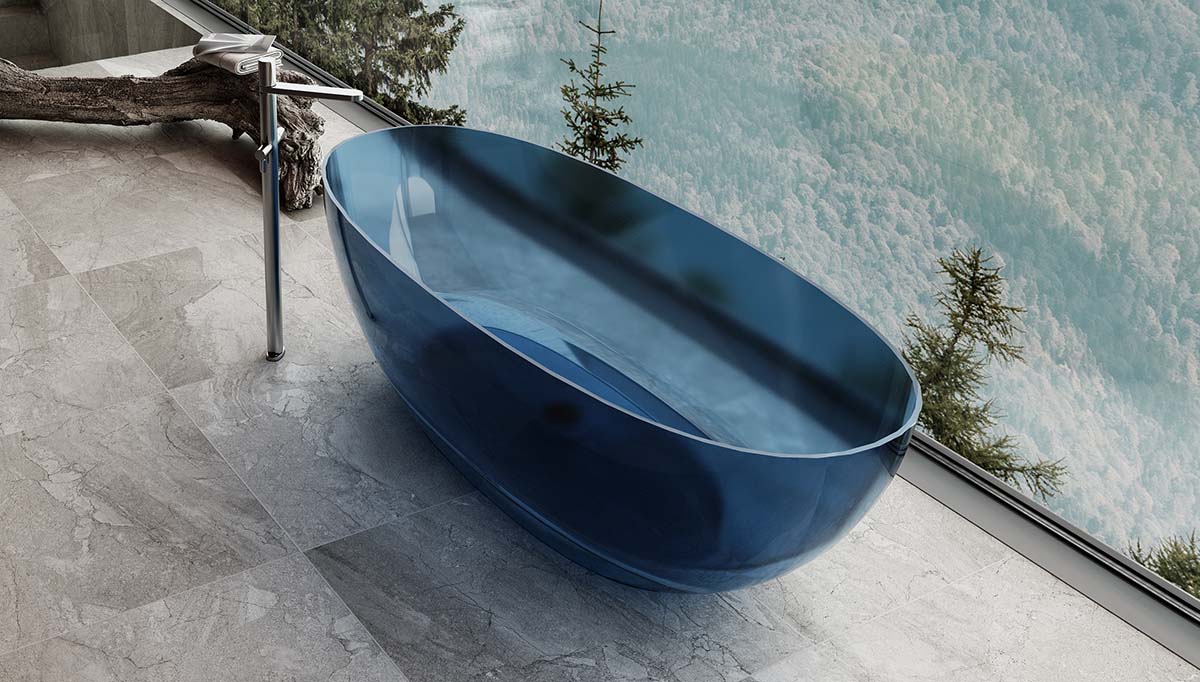
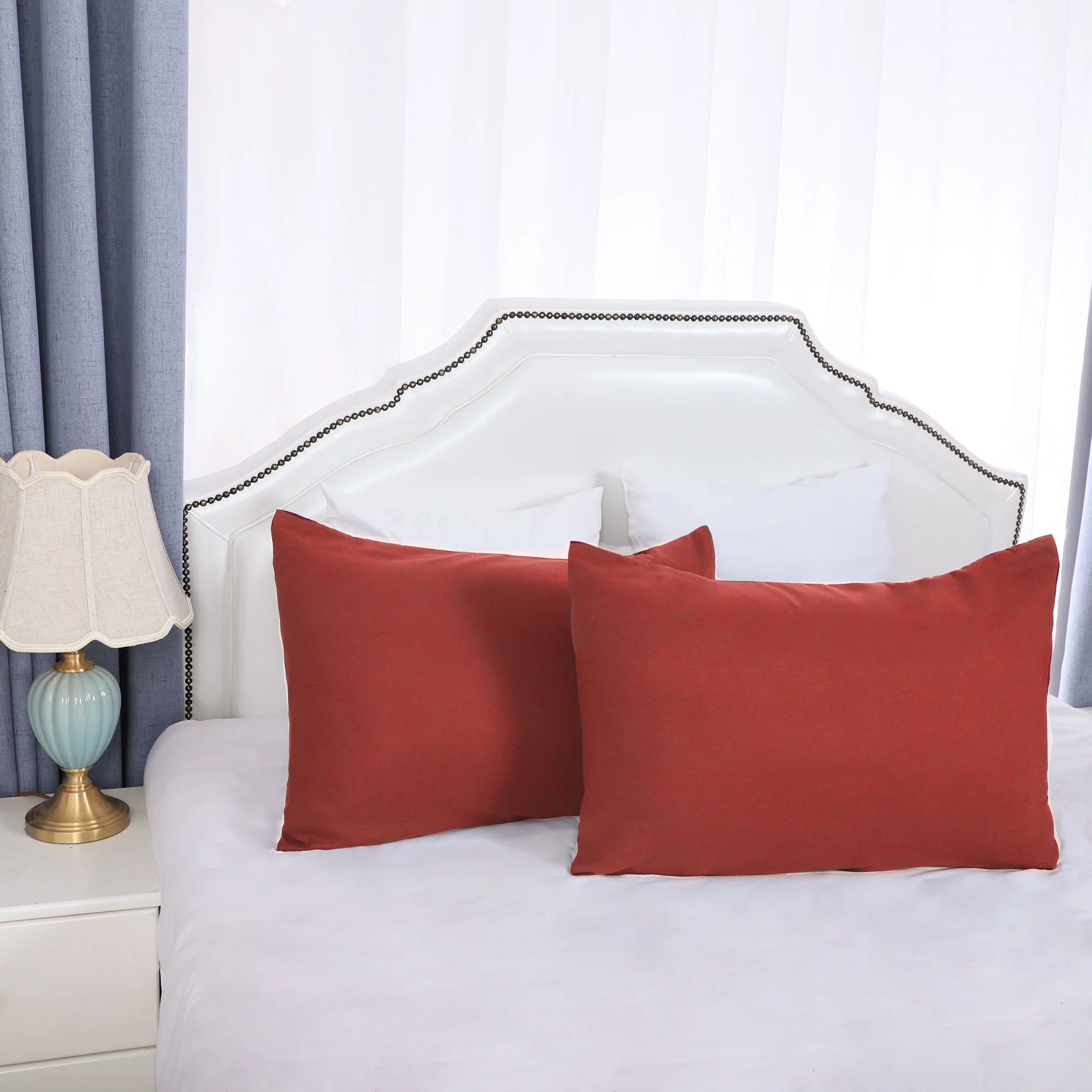
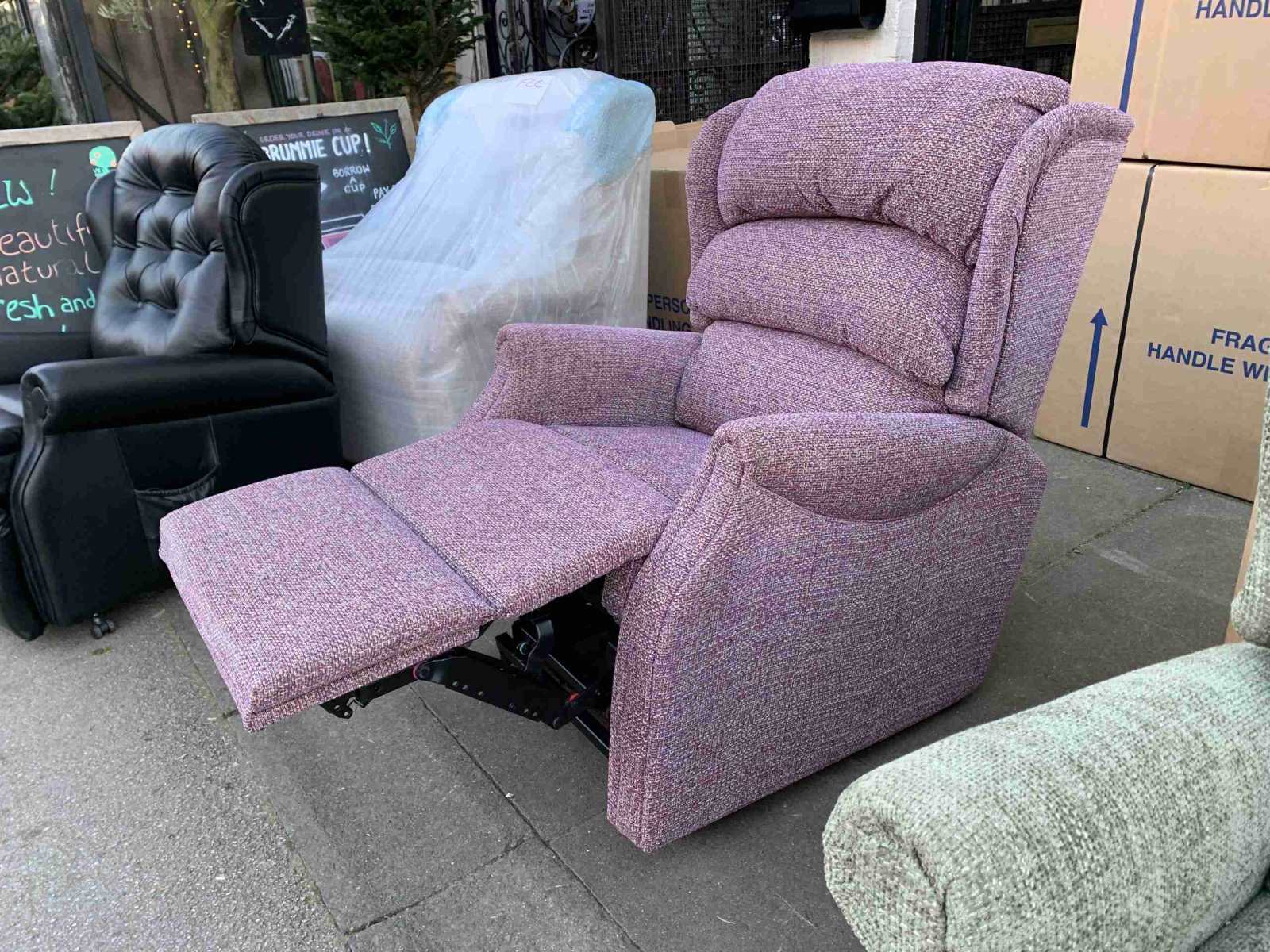
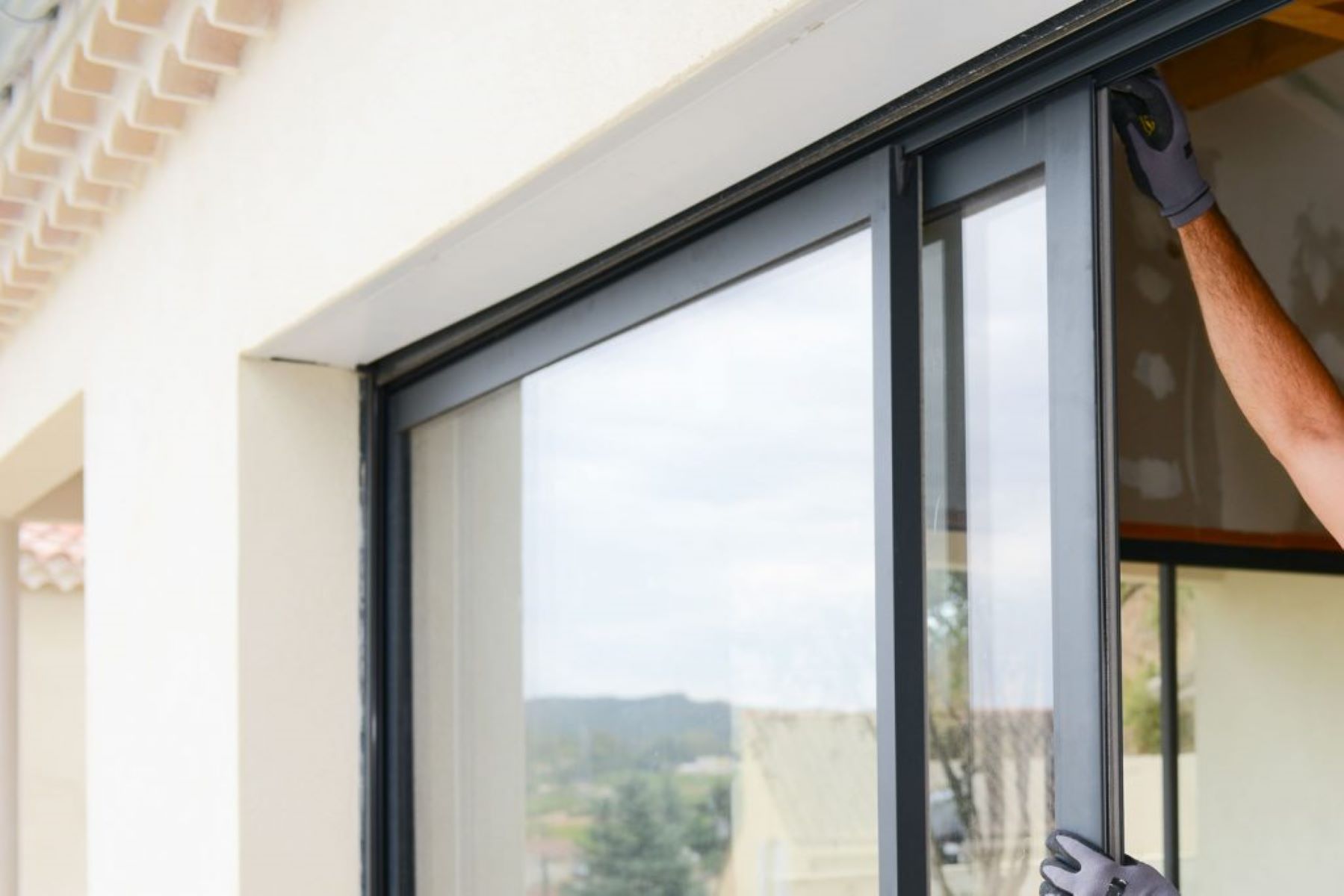

0 thoughts on “What Is The Standard Size Of A Sliding Glass Door”